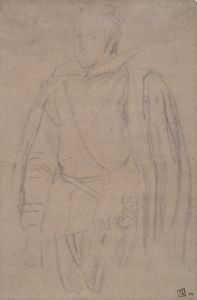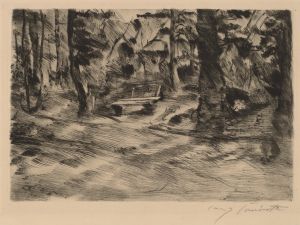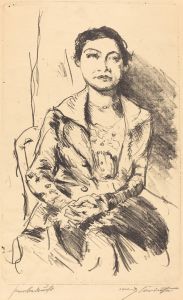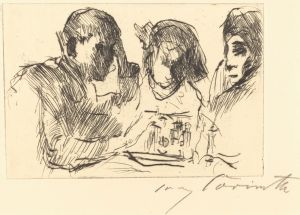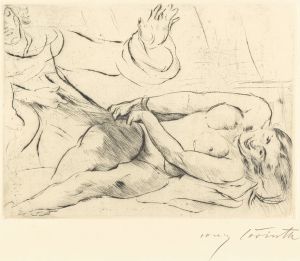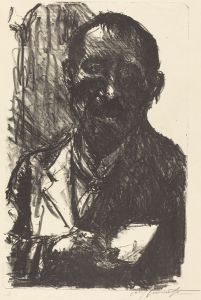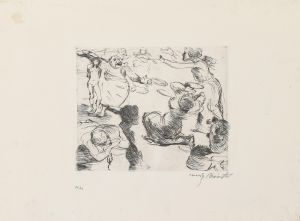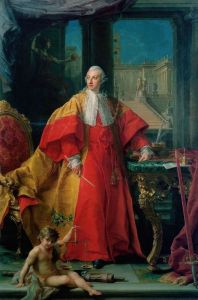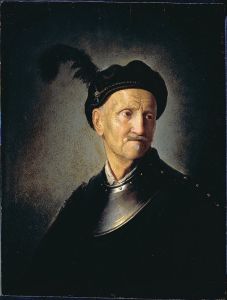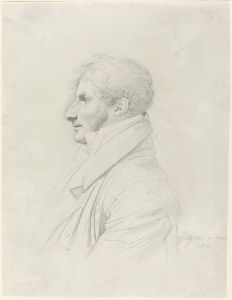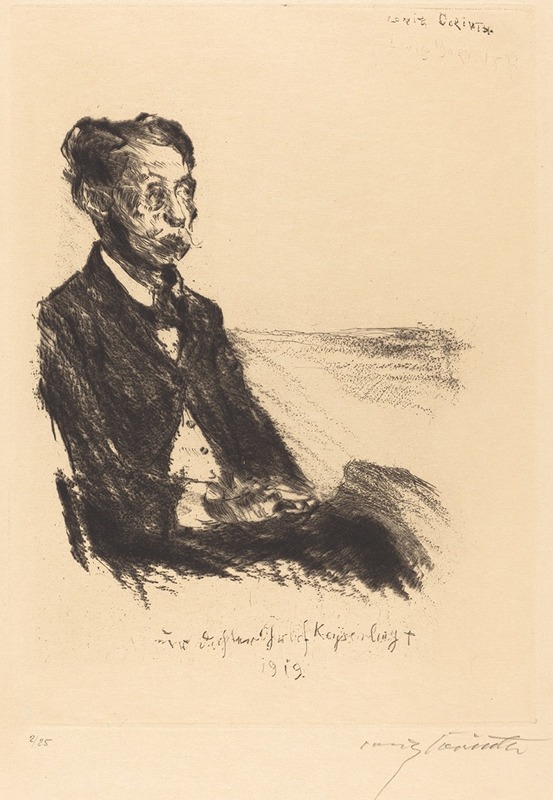
Count Keyserling
A hand-painted replica of Lovis Corinth’s masterpiece Count Keyserling, meticulously crafted by professional artists to capture the true essence of the original. Each piece is created with museum-quality canvas and rare mineral pigments, carefully painted by experienced artists with delicate brushstrokes and rich, layered colors to perfectly recreate the texture of the original artwork. Unlike machine-printed reproductions, this hand-painted version brings the painting to life, infused with the artist’s emotions and skill in every stroke. Whether for personal collection or home decoration, it instantly elevates the artistic atmosphere of any space.
Count Keyserling is a painting by the German artist Lovis Corinth, created in 1904. Lovis Corinth was a prominent figure in the German art scene during the late 19th and early 20th centuries, known for his contributions to the Impressionist and later the Expressionist movements. His works often depicted portraits, landscapes, and historical scenes, characterized by vigorous brushwork and vibrant use of color.
The subject of the painting, Count Keyserling, refers to Hermann Alexander Graf Keyserling, a Baltic German philosopher and writer. Born in 1880 in Könno, Livonia (now part of Latvia), Keyserling was a notable intellectual figure in Europe, known for his philosophical works and travel writings. He was the founder of the School of Wisdom in Darmstadt, Germany, which aimed to promote philosophical and spiritual education.
In the portrait, Corinth captures Count Keyserling with a sense of immediacy and psychological depth. The painting is executed with Corinth's typical energetic brushstrokes and a rich palette, which bring a dynamic quality to the depiction. The count is portrayed in a seated position, exuding an air of contemplation and introspection. His attire is formal, reflecting his aristocratic status, and his expression is thoughtful, suggesting a man of intellect and depth.
The background of the painting is relatively simple, allowing the viewer to focus on the subject. Corinth's use of light and shadow adds a three-dimensional quality to the figure, enhancing the realism of the portrait. The artist's skillful handling of paint and his ability to convey the personality of his sitter are evident in this work.
Count Keyserling is considered an important example of Corinth's portraiture, showcasing his ability to blend realism with expressive brushwork. The painting reflects the artist's interest in capturing the essence of his subjects, going beyond mere physical likeness to explore their inner lives. This approach aligns with the broader trends in early 20th-century art, where artists sought to convey deeper psychological and emotional truths through their work.
Lovis Corinth's career spanned several decades, and he produced a significant body of work that has been widely exhibited and collected. His influence on German art was substantial, and he remains a key figure in the history of modern art. Count Keyserling is one of the many portraits that demonstrate Corinth's mastery of the genre and his ability to engage with the intellectual and cultural currents of his time.
The painting is part of the collection of the National Gallery in Berlin, where it continues to be appreciated by art enthusiasts and scholars alike. It stands as a testament to Corinth's talent and his contribution to the development of modern portraiture.






